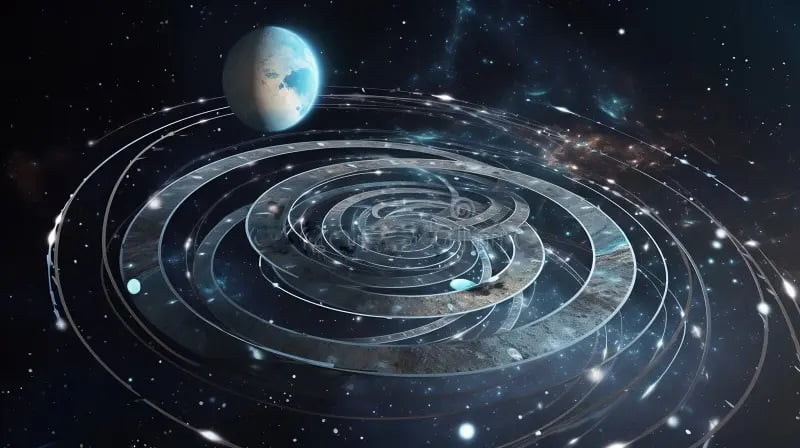Creativity and Arts: This marks our 4th and final installment on the subject of Creativity and Arts. However, it is not the end simply because we have talked all about the topic. But we recognize that the topic of Creativity and Arts is multi-dimensional with a vast array of sub-elements that must be explored. Our intention has been to shed light on the beauty and significance of Creativity and Arts that surrounds us in every facet of life. In our previous posts, we delved into the themes of:
- Unleashing the Transformative Essence: In this post, we delved into the interplay between intrinsic and extrinsic elements, explored the realms of imagination and expression, examined the distinctions between artists and creative individuals, and embarked upon the boundless areas of Creativity and Arts.
- Unleashing the Creative Potential Within Us: In the second post, we explored the significance of creativity and arts in our lives, acknowledging the intrinsic urge within humans to create and delving into the reasons behind this urge.
- Human Embodies Artistry in Truest From: In the third post, our focus shifted toward the concept of humans embodying creativity and artistry. We also delved into the profound impact of human emotions on artistic expression, explored diverse forms of creativity and arts, and contemplated the notion that the world we inhabit is a masterpiece of creativity and art.
The theme of current post around “Unveiling the Depths of Creativity”.
These discussions revolved around the profound power and potential inherent in Creative and Artistic expression.
Within the pages ahead our focus will be directed towards providing a concise overview of “the Creative Process”. Furthermore, we will explore the concept of solitude in relation to creativity and delve into the reasons “why solitude is necessary for creativity”. The exploration of “creativity and Innovation” will also be a focal point of our discussion. Lastly, we will delve into the intriguing question “why the most long-lasting creative work is dark and gloomy” and conclude our topic of Creativity and Arts.
The Creative Process

The Creative Process is a fascinating and intricate journey undertaken by individuals to bring forth original and meaningful works of art. It is a captivating exploration of imagination, inspiration, and the transformation of ideas into tangible expression. The Creative Process is a profound and transformative journey that allows artists to express their unique perspectives, emotions, and ideas. By incorporating solitude, understanding the relationship between pain and creativity, embracing feelings, valuing different artistic perspectives, and fostering creativity in different patterns, the artist can unlock their full creative potential. Through the Creative Process, we celebrate the beauty and power of art and its impact on both creators and audiences.
Here are a few points that can be added to the Creative Process:
- Inspiration: The spark that ignites creativity
- Preparation: Gathering knowledge and resources
- Incubation: The power of reflection and internal processing
- Ideation: Generating and developing ideas
- Execution: Giving form to vision
- Reflection and Iteration: Refining the artwork
- Collaboration and Community: The Power of Collective Creativity
- Risk-Taking and Embracing Failure: Learning through Experimentation
- Presentation and Sharing: Connecting with the audience
- Impact and Transformation: Art as a Catalyst for Change
We should remember that the Creative Process is not necessarily a linear progression. Different artists may emphasize or prioritize different stages based on their individual approaches and creative preferences. These key feature of the Creative Process aims to provide a framework for understanding the multifaceted nature of the Creative Process and the factors that contribute to the development and realization of artistic Creativity and Innovation.
Creativity and Innovation

Creativity and innovation are closely intertwined concepts that drive advancements in various fields. While creativity refers to the generation of novel ideas and innovation involves applying those creative ideas to create values and bring about meaningful change.
Creativity acts as a catalyst for innovation by providing new ideas and possibilities. Creative thinking allows individuals to question assumptions, challenge the status quo, and envision an alternative solution. Collaborative efforts across different disciplines and domains often lead to innovative breakthroughs. By bringing together diverse perspectives, knowledge, and expertise, collaboration fosters the cross-generation of ideas and the emergence of new solutions.
The creative process plays a vital role in driving innovation, involving stages such as ideation, prototyping, testing, and implementation. Iterative cycles of feedback, refinement, and experimentation are integral to the innovation process. Many factors are there that can hinder creativity and innovation. By recognizing and addressing these barriers, individuals and organizations can unlock their creative potential and foster a culture of innovation.
Remember that failure and setbacks are inevitable in the creative and innovation process. Accepting failure as an opportunity for learning and growth, and maintaining a resilient mindset, are crucial for continued progress. Solitude plays a crucial role in fostering creativity for several reasons.
Why solitude is necessary for creativity?

Solitude refers to a state of being alone or in isolation, free from external influences. Feelings play a significant role in solitude as they emerge and intensify in the absence of external distractions. When we are alone, our emotions and inner experiences become more pronounced and accessible. Solitude provides a space for us to connect with and explore our feelings on a deep level.
Solitude plays an integral role in creativity for the reasons:
- Solitude provides an opportunity for deep reflection and exploration. This inward focus promotes self-awareness, deeper understanding, and the generation of new insights.
- Creativity often requires deep concentration and focus. Solitude provides a quiet and uninterrupted environment where one can be fully involved in creative work.
- Solitude provides us the freedom to explore our ideas without judgment or external influence. It creates a safe space where one can experiment, take risks, and push the boundaries of creativity without the fear of criticism or interruption.
- Solitude allows one to approach problems from different angles and perspectives. It provides the mental space needed to examine challenges, analyze potential solutions, and think critically. It encourages divergent thinking and enables us to consider multiple possibilities and discover innovative solutions.
- Solitude can be a source of inspiration and rejuvenation. It allows us to recharge our energy, clear our minds, and gain fresh perspectives. Time spent in solitude can help break free from creative blocks, find new sources of inspiration, and reignite the creative spark.
While collaboration and external input are valuable in the creative process, solitude provides the necessary space for individuals’ contemplation, ideation, and the development of personal creative insights. It allows individuals to tap into their inner resources, explore their unique perspectives, and unleash their creative potential.
Why most long-lasting creative work is dark and gloomy?

The phrase “most long-lasting creative work is dark and gloomy” refers to the observation that many artistic creations that have endured over time often explore themes of darkness, sadness, melancholy, or other somber emotions. These works tend to have a lasting impact on viewers or audiences and continue to be appreciated and studied across generations.

The idea suggests that there is a certain enduring quality to creative expressions that delve into the depths of human experience, addressing topics such as pain, suffering, tragedy, existential questions, or societal issues. These works may evoke intense emotions and provoke contemplation, offering profound insights into the human condition. Sadness appeals to humans and lasts because it taps into our emotional depth and provides a cathartic experience. While happiness and joy are desirable emotions, sadness carries a unique power to evoke empathy, introspection, and a deeper connection to the human experience.
One example of a dark and gloomy work in the form of art here placed is the painting “The Scream” by Edvard Munch, created in 1893. This expressionist artwork depicts a figure standing on a bridge, clutching their face in a state of anguish and despair. The distorted and exaggerated features, along with the vivid colors and swirling background, evoke a sense of intense emotions and psychological turmoil. “The Scream” is seen as a powerful representation of existential angst and the human condition, resonating with feelings of isolation, anxiety, and existential dread. It has become a symbol of inner turmoil and has had a profound impact on the art world, influencing subsequent generations of artists.
The novel “1984” by George Orwell, published in 1949, the dystopian novel presents a bleak and oppressive vision of a totalitarian society ruled by a tyrannical government known as Big Brother. It paints a grim and pessimistic picture of a future society where personal autonomy is eradicated, and dissent is brutally suppressed. “1984” is considered a classic work of dystopian literature and has had a significant influence on both literature and popular culture, highlighting the dark consequences of authoritarianism and the power of government control.
The notion that most long-lasting creative work is dark and gloomy can be attributed to several reasons. It includes Emotional Resonance, Depth and Complexity, Artistic Authenticity, Cultural and Historical Significance, Contrast, and Aesthetic Appeal.
It is important to note that while dark and gloomy themes have had a significant presence in the art world there are also numerous examples of uplifting, joyful, and diverse artistic expression.
Conclusion
In conclusion, creativity and arts are essential facets of the human experience, offering a multitude of benefits and enriching our lives in profound ways. Through creativity, we tap into our innate potential to imagine, innovate, and express ourselves. It is important to embrace and nurture creativity and arts in our lives, both individually and collectively. By valuing and supporting artistic endeavors, we contribute to a more vibrant, inclusive, and culturally rich society. Let us celebrate the power of creativity and arts and recognize their profound impact on our well-being, understanding, and collective human experience.
Please raise your dimensions,
explore the wonders within yourself and the world, and share your wonders with others.
Concluded.
Disclaimer: The majority of the pictures on our platform are sourced from Google images and Pexels, and may not indicate copyright ownership. We will promptly remove the picture with sincere apologies, if any copyright claims.








2 Comments
Azra mughal
June 6, 2023 at 1:20 pmShabana very much inspired by your writings , you are doing a creative job keep it up stay blessed and happy and thank you very much for sharing such a motivational and creative things
Shabana Sultan
June 7, 2023 at 1:01 pmThank you for for your kind words of appreciation. They serve as encouragement for me to continue writing and sharing more.